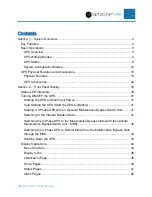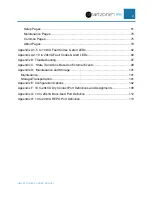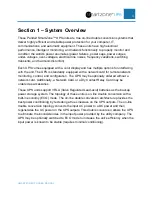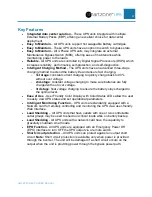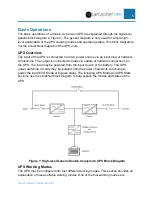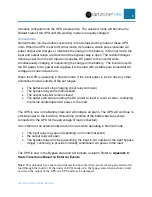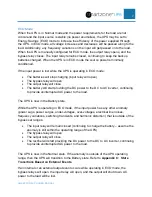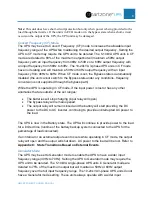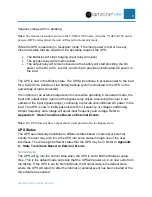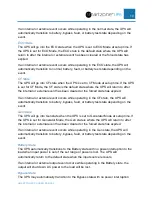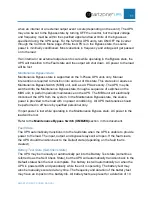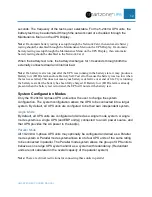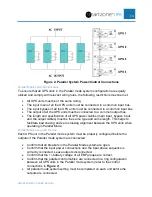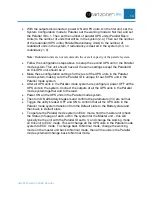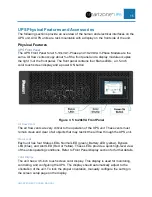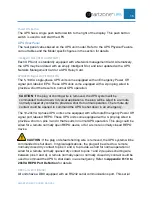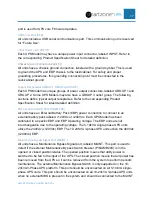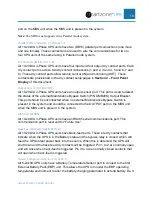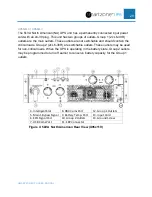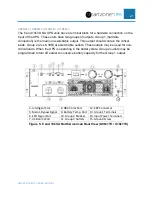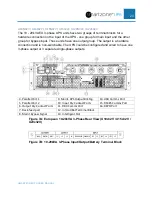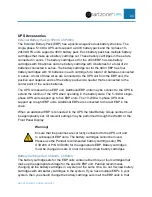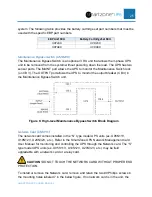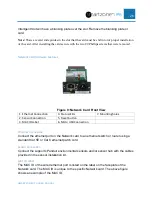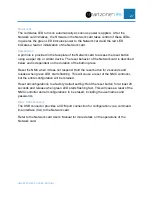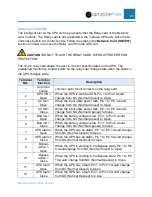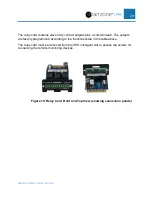
SMARTZONE UPS USER MANUAL
14
•
With the outputs disconnected, power ON all UPS units. On the first unit, set the
System Configuration mode to Parallel, set the working mode to Normal, and set
the Parallel ID to 1. Then set the number of parallel UPS units (Parallel Basic
Units) to the number of units that will be in the system (2-4). Then set the number
of the redundant UPS units (Parallel Redundancy Units) to the number of
redundant units in the system, if redundancy is desired in the system (0-3, no
redundancy = 0).
Note:
Redundant units are not calculated in the overall capacity of the parallel system.
•
Follow the configuration steps above to setup the second UPS unit in the Parallel
mode system. This unit should have all the same settings except the Parallel ID
on this UPS unit should be 2.
•
Make these configuration settings for the rest of the UPS units in the Parallel
mode system; making sure the Parallel ID is unique for each UPS unit in the
Parallel mode system.
•
After all UPS units in the Parallel mode system are configured, power OFF all the
UPS units in the system. Connect the outputs of all the UPS units in the Parallel
mode system together and to the load.
•
Power ON all the UPS units in the Parallel mode system.
•
Then turn ON all battery breakers and confirm the parameters (V/I) are normal.
•
Toggle the utility breaker OFF and ON to confirm that all the UPS units in the
Parallel mode system transition from the Default state to the Battery state and
then back to Default state.
•
To operate the Parallel mode system in ECO mode, find the master unit (check
the Status Info page of each unit in the system for the Master unit – this will
typically be the unit with the Parallel ID set to 1) and change the working mode
on this unit to ECO mode. This will change all the UPS units in the Parallel mode
system to ECO mode. To change back to Normal mode, change the working
mode on the master unit back to Normal mode, then all the units in the Parallel
mode system will change back to Normal mode.


